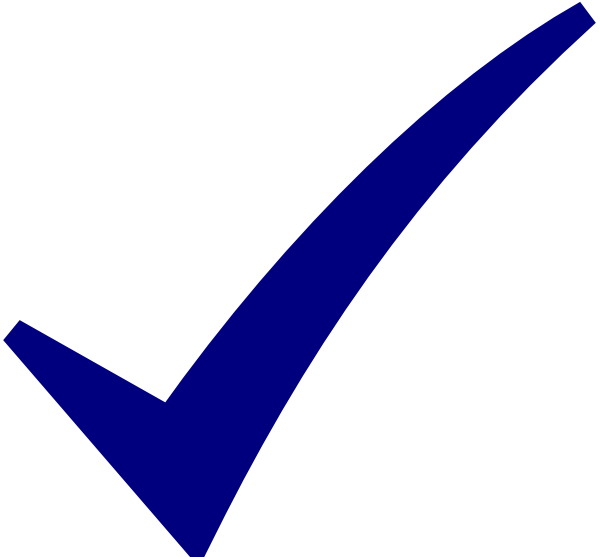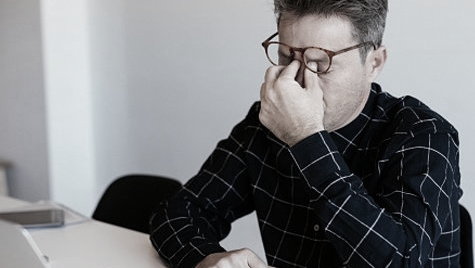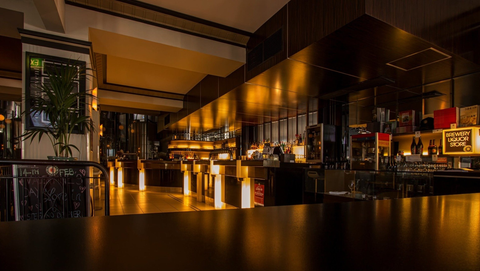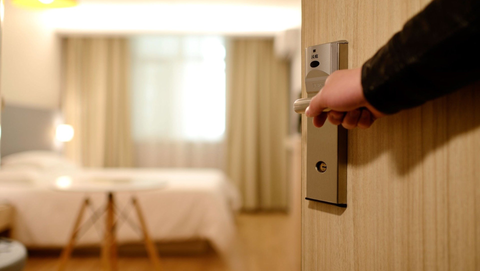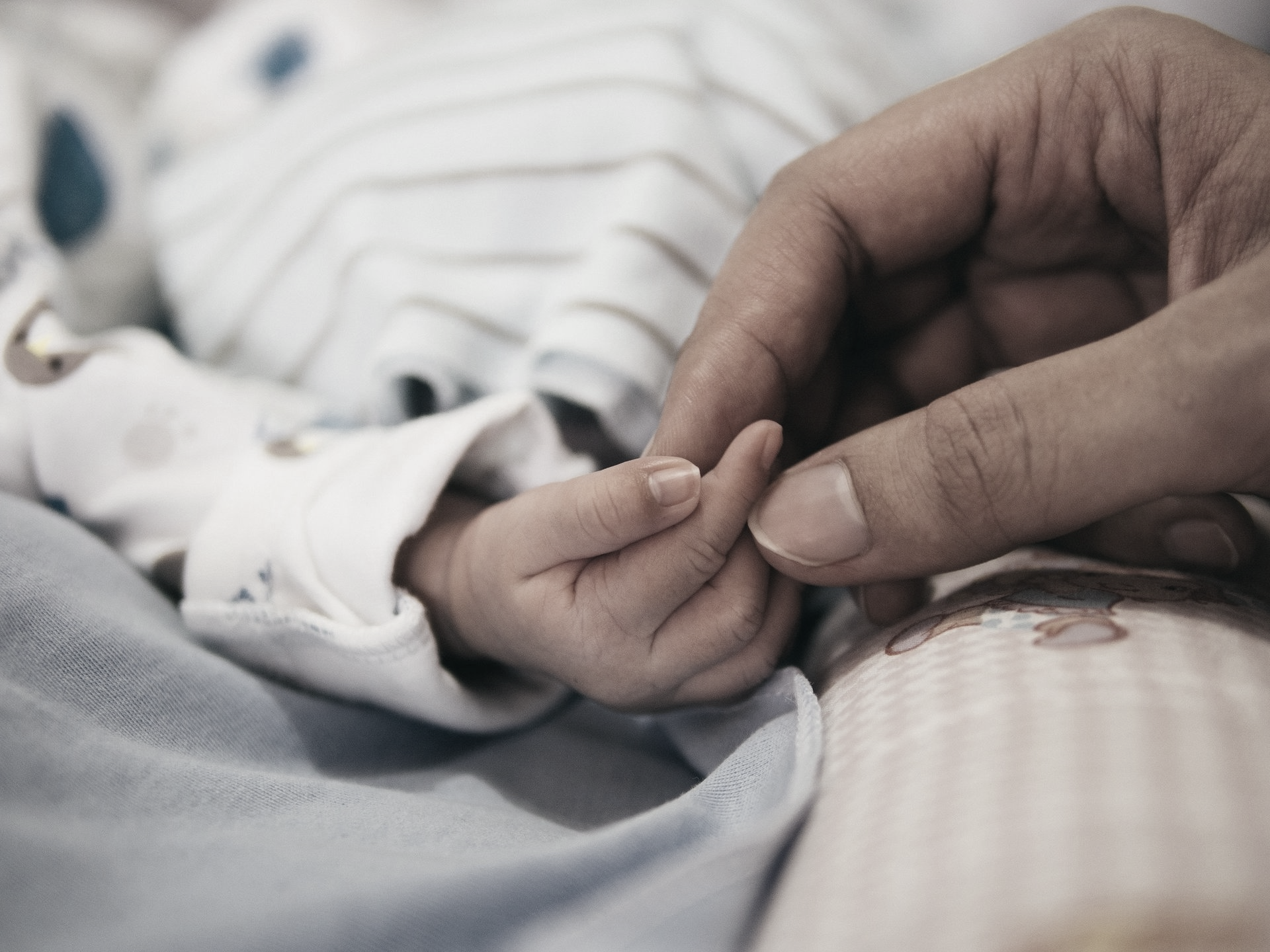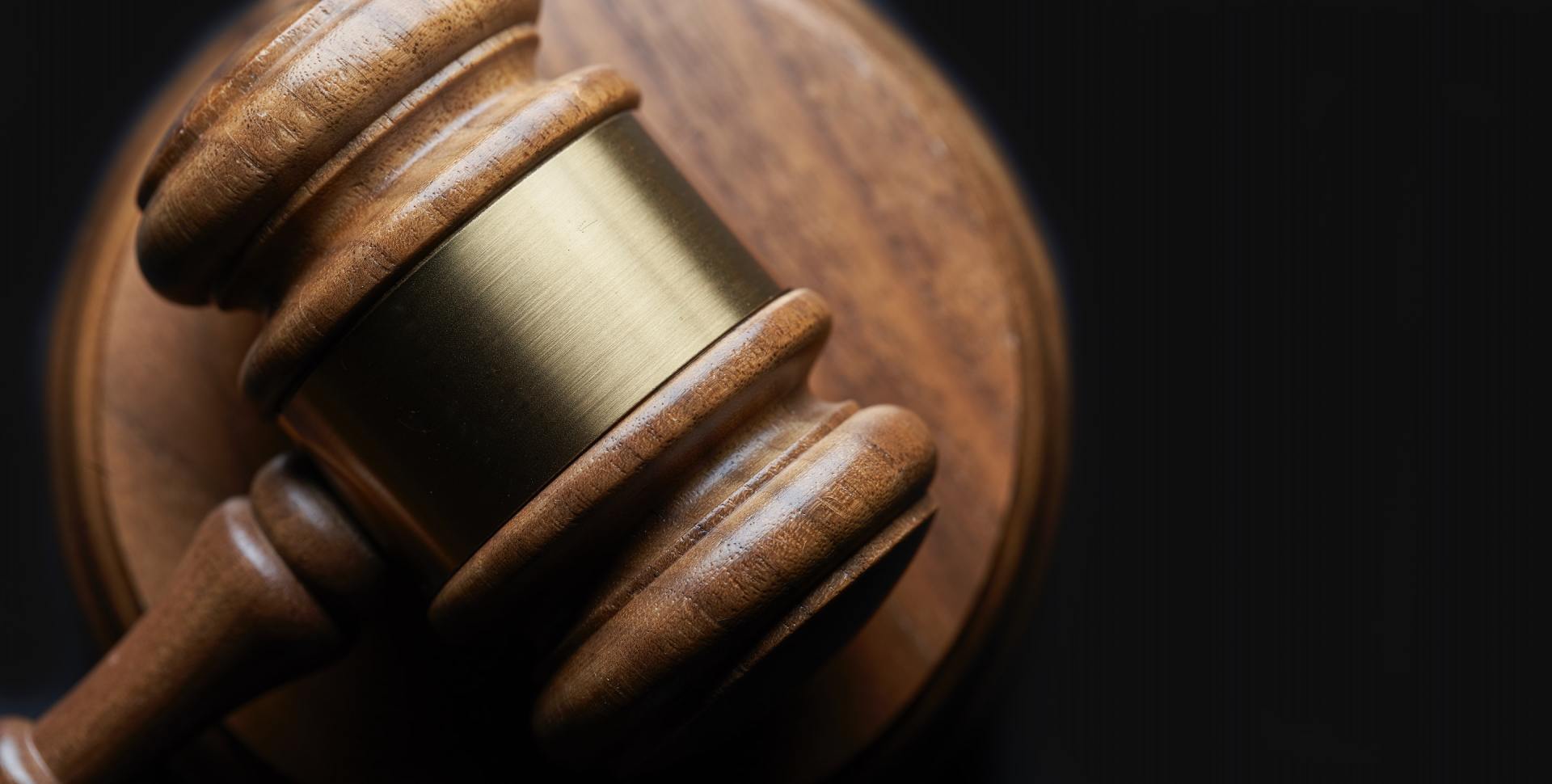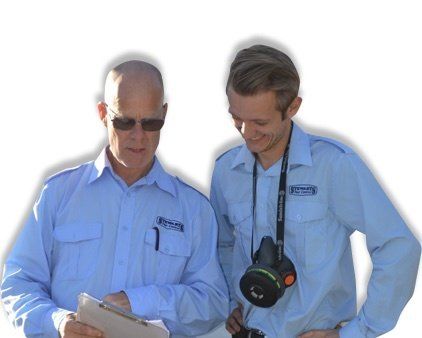Australian Code of Practice
Own or manage a hotel, hostel, holiday rental or motel? Ensure occupants are not leaving behind meth contamination!
Methamphetamine Inspections for Commercial Properties in Perth

Commercial Properties, hotels, hostels, holiday rentals & motels.
You may expect holiday rentals, workplaces, hotels, hostel or motel to be the last place you find toxic meth residue. But sadly the two characteristics of meth are leaving no visible residue with little to no odour when smoked. This means that guests and employees can smoke meth, being undetected while leaving a toxic residue behind.
When To Test For Meth
Meth contamination is invisible and has little to no smell. You may be thinking that your tenant didn't have a lab set up so that the property won't be contaminated. But in reality, it is estimated that around 20% of contamination problems are linked to labs; 80% to meth users.
Australia has the highest number of meth users per capita in the English-speaking world, and even more shockingly that number is now three times higher than it was in 2011. So when should we be testing?
- Regular Testing Between Guest Stays
- Regular Testing of Hotel Rooms
- Regular Testing of Offices
GUESTS & EMPLOYEES AT RISK
Meth labs are easily transportable and can be quickly set up and packed down, making motels/hotels and hostels an attractive place to smoke and manufacture methamphetamine for short term occupants.
It's always a good idea to get the premises tested regularly to ensure you are providing accommodation that is legal and safe.
Health Risks
The effects of meth can be varied and long lasting depending on the exposure. Symptoms can include:
- Headaches
- Burning, watery or stinging eyes
- Nausea
- Coughing or choking
- Shortness of breath or dizziness
- Feeling cold or weak
- Convulsions
If methamphetamines have been smoked or manufactured on a property, the contamination will seep into walls, floors, furniture and carpet.
If you have small children who are prone to touching everything, they are exposed to the risk of getting contaminated.
Legal Risks
Property owners and managers are responsible for ensuring that a property is a safe and healthy habitation for renters. Australia laws (EPA and local government) states that meth contamination above the 0.5μg/100cm² is not acceptable. Landlords are beginning to face lawsuits from tenants who have moved into an already contaminated property and have become sick as a result.
Financial Risks
Decontaminating property can cost thousands of dollars. If decontamination form a meth lab is necessary, costs usually start around $10,000 but can easily reach $40,000 for a large home. Some homes are contaminated to the point where it cannot be decontaminated, and the building needs to be demolished. This financial cost is very really covered by insurance and unfortunately falls to the owners.
When considering this Stewarts Drug testing can also offer alternative decontamination methods depending on the level of contamination.
Visibility of Meth Contamination
If you’re interested in purchasing a new home, it's essential to look out for visual indicators of meth contamination and signs of where someone is trying to cover up meth contamination. Meth contamination is difficult to identify visually. This is why expert testing is required. Contamination is usually orderless but can sometimes leave a subtle smell if usage or manufacturer is high.
Key Visual Indicators
As noted earlier, detecting Meth contamination visually is not that easy. Even police officers with many years of expense and training cannot always spot houses that have been used for manufacturing meth or were meth users have occurred. There are a few key indicators that you may notice when looking around a property. They Include:
- Stains to sinks and/or baths/toilets
- Burn marks in the carpet
- Red staining around walls and on floors
- Unusual ventilation systems
- Burnt batches in the garden/grass areas
- Smells like varnish or paint thinner, a “hospital” type smell, vinegar or other sour smells
Hiding Contamination
While we have a few key indicators of meth contamination, these indicators can be covered up very easily. We often find that these few tactics have been used to try cover up contamination within a property that is for sale or a new rental. These tactics will not decontaminate the home and tenants/home buyers will still be impacted by the negative health consequences. Tactics to cover up contamination include:
- Any odour can be masked easily as meth has little to no odour.
- Newly painted walls to hid staining
- Renovated kitchens, bathrooms or garages to hid damage and staining
- New plumbing. To hind stains from the waste fluid. Toilets and baths are key indicators
- New carpet to hid damage including staining and burn marks.
- Recent gardening to hind bun patches

